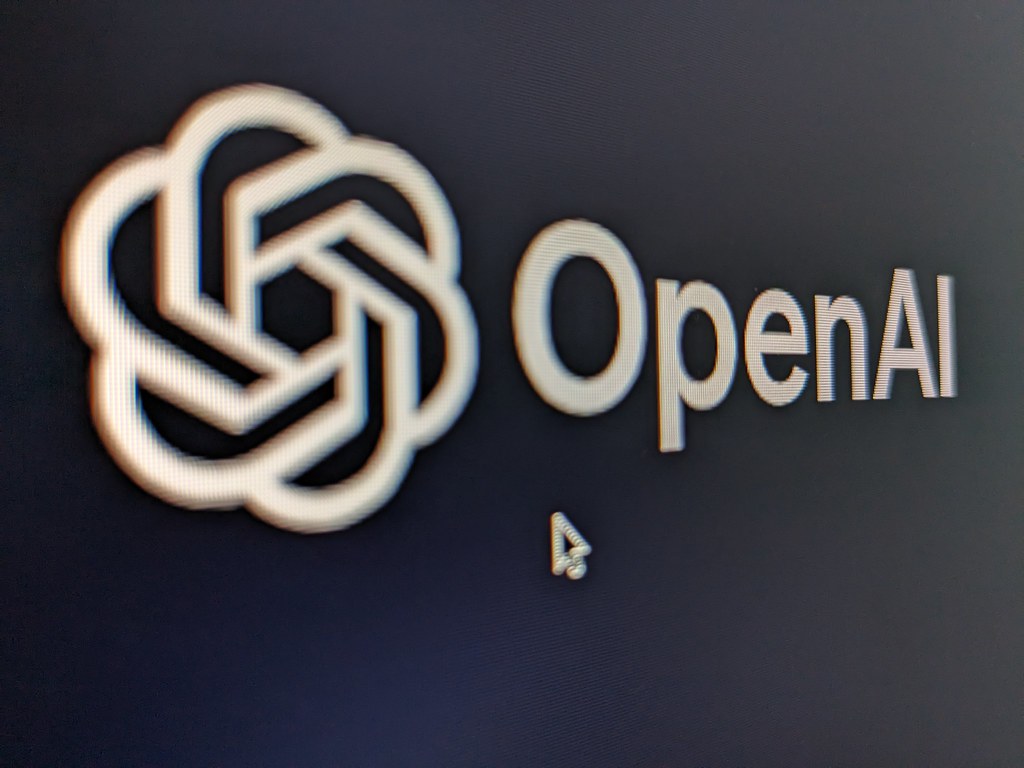He added that a second asset matters just as much: the capacity to execute on that information. The remark compresses decades of academic research into a single lesson that applies anywhere competition exists.
Across markets, startups, and public agencies, the durable playbook has two steps. First, discover material facts before rivals notice. Second, translate insight into disciplined action before it decays. Miss either leg and any edge evaporates.
Building an Information Edge
Economists describe the first step as information arbitrage, a gap between when one party learns something and when everyone else catches up. Classic market-microstructure work from the National Bureau of Economic Research models how small latency advantages let high-frequency traders earn predictable spreads.
When speed traders briefly step away, quoted spreads widen and volatility climbs, according to a tick-level study later published in the Journal of Econometrics. The experiment reveals how timing, not just raw insight, shapes market liquidity.
The logic travels far beyond equities. A large-scale analysis of United States tax filings by researchers at NBER finds that “opportunity entrepreneurs” are more pro-cyclical and are associated with more growth-oriented businesses than peers who start firms out of necessity.
Network science explains where early clues surface. Mark Granovetter’s landmark Stanford paper on the strength of weak ties showed that acquaintances, not close friends, supply most novel job leads. A 2022 replication at MIT’s Initiative on the Digital Economy reported the pattern at LinkedIn scale, confirming that second-degree contacts often deliver the first signal.
Practical levers widen the gap between detection and diffusion. Curated Slack groups, field-specific preprint digests, and alternative-data feeds—satellite imagery, shipping manifests, foot-traffic sensors—place a decision maker upstream of mainstream news. Weekly insight reviews turn loose fragments into shared, time-stamped leads before they vanish in inboxes.
Turning Insight Into Action
Information that never reaches production loses value by the hour. Robert Kaplan and David Norton’s Balanced Scorecard work at Harvard Business School argues that linking strategy and day-to-day operations through a formal management system, with the Balanced Scorecard at its core, is critical for effective strategy execution and competitive advantage.
Execution begins with clear, measurable targets. Whether leaders choose OKRs or a scorecard, translating fresh findings into deadlines blocks drift. Rapid iteration—building a minimum viable feature, testing it, and absorbing feedback—compresses learning cycles from months to weeks.
Culture accelerates mechanics. Amazon popularised the idea of treating most calls as reversible one-way doors, rewarding speed on decisions that can be rolled back. Teams that time-box debates, run brief post-mortems, and celebrate shut-down moments treat action as default rather than exception.
Infrastructure finishes the loop. Low-latency data pipelines push real-time alerts into shared dashboards, while automated task routing assigns next steps before meetings convene. A meta-analysis in Advances in Experimental Social Psychology found that if-then action plans reliably raise goal-completion rates, with effect sizes in the medium-to-large range—reinforcing why concrete “if X, then I’ll do Y” plans beat wish lists.
Snapshots Across Fields
Some early fintech lenders mined proprietary transaction data to underwrite gig-economy borrowers years before large banks adjusted their risk models. By the time incumbents requested comparable datasets, first movers had amassed repayment histories that became new moats.
During the first Covid-19 wave, public-health agencies that tracked anonymised mobility dashboards ordered personal protective equipment weeks ahead of peers. Later evaluations applied implementation-intention frameworks to help patients avoid relapse after depression therapy, demonstrating clinical feasibility in Behavioural and Cognitive Psychotherapy.
Academic job markets echo the same pattern. Graduate students who learn months in advance that a principal investigator will retire often secure coveted post-doctoral slots before formal listings appear. The edge comes less from perfect grades than from timely awareness and swift application.
Guardrails and Risks
Financial regulation draws a bright line between legal edge and fraud. An NBER study links strict insider-trading enforcement to higher innovation rates, suggesting that credible penalties steer talent toward lawful channels.
Outside securities law, data-privacy statutes curb how aggressively firms can scrape information, and emerging AI-governance frameworks warn that algorithmic shortcuts can amplify bias. Compliance teams now run provenance audits on every dataset, stage legal reviews before launches, and define escalation paths when automated decisions hit sensitive demographics.
Ignoring those guardrails can erase the very edge speed was meant to protect. Fines, reputational damage, or model invalidation all lengthen feedback loops and hand latecomers a chance to catch up.
Making the Loop Work
Three questions keep the information-to-action engine tuned. First, where do early signals live, and who owns the map? Discord channels, patent filings, and supplier order books each demand a curator who scans, tags, and timestamps anomalies for everyone else.
Second, how long does it take to move from detection to decision? In equities, shaving ten microseconds can flip price priority; in hiring, a two-day lead can secure talent before a job board saturates the applicant pool. Teams that log timestamps expose hidden delays they can then retire.
Third, does the group measure follow-through? An internal review of shipping cadence often reveals that a team which delivers eighty percent of tasks on schedule compounds gains even if its roadmap is average. Regular retrospectives close the loop by feeding fresh data into the next sprint.
Conclusion
A midnight bloom of stock ticks once illustrated what scholars now quantify: information alone is latent power; welded to relentless execution, it compounds into enduring advantage. Whether trading microseconds on an exchange or spotting a career opening before the announcement, the twin engines remain constant—find the signal first, then move before it cools.
Sources
- Aït-Sahalia, Y. and Saglam, M. "High Frequency Traders: Taking Advantage of Speed." NBER Working Paper 19531. October 2013.
- Aït-Sahalia, Y. and Brunetti, C. "High Frequency Traders and the Price Process." Journal of Econometrics 217(1), 20–45. Jul 2020.
- Fairlie, R. and Fossen, F. "Defining Opportunity versus Necessity Entrepreneurship." NBER Working Paper 26377. October 2019.
- Granovetter, M. "The Strength of Weak Ties." American Journal of Sociology 78(6). 20 May 1973.
- Klein, P. "Weak Ties Have Strong Employment Value." MIT Initiative on the Digital Economy. 14 Apr 2022.
- Kaplan, R. and Norton, D. "Using the Balanced Scorecard as a Strategic Management System." Harvard Business Review 74(1), January–February 1996.
- Gollwitzer, P. M. and Sheeran, P. "Implementation Intentions and Goal Achievement: A Meta-Analysis of Effects and Processes." Advances in Experimental Social Psychology 38, 69–119. 2006.
- Lucock, M. et al. "Using Implementation Intentions to Prevent Relapse after Psychological Treatment for Depression – the SMArT Intervention." Behavioural and Cognitive Psychotherapy 46(5), 626–632. Published online 18 Apr 2018.
- Levine, R., Lin, C. and Wei, L. "Insider Trading and Innovation." NBER Working Paper 21634. October 2015.
- "Reflections in Beige" Podcast, Episode 003: "Lessons from Artificial Intelligence (Part II)." 02 Sep 2023.




